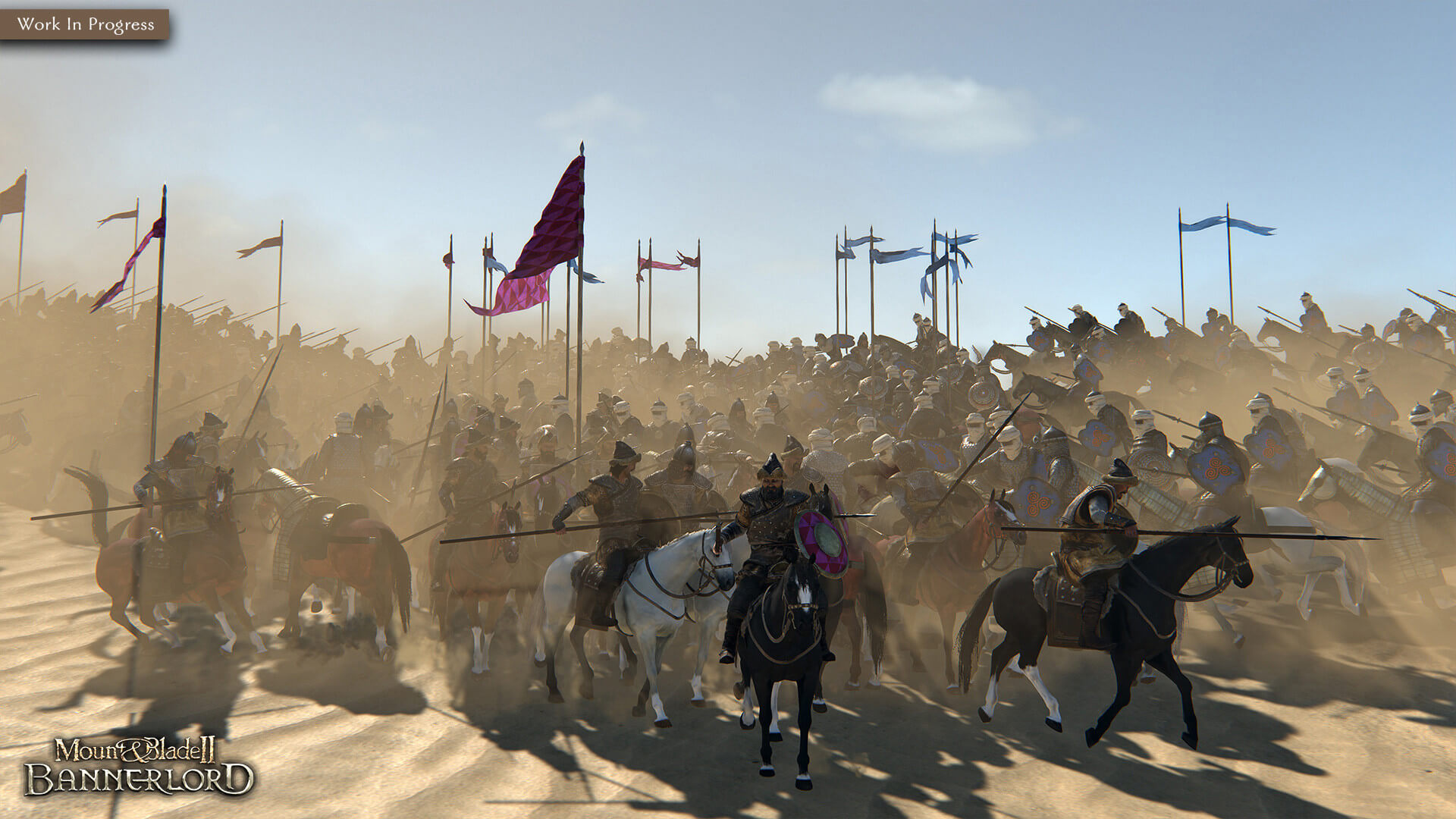
These basic archers have a range of 200 and an arrow-damage of 53 (31 regular and 22 armor piercing damage). Let’s take the example of the Total War games – in this case, Total War: Three Kingdoms (because I have been playing a bunch of it). Instead, I want to focus on the way ranged weapons – especially arrows – are handled within these sorts of systems. Some archers, along with Zheng Jiang, being her badass self. We can understand the damage statistic as a simplified measure of lethality well enough. I broadly understand the necessity of that abstraction and I am not going to complain about it here.

In most games, the effect of weapons is reduced to a mathematical abstraction: ‘damage.’ This weapon does 5 damage, that weapon does 10 this enemy has 25 hit points, so must hit him so many times – that sort of thing. Games that attempt instead to simulate the complex effects of wounds ( Dwarf Fortress, RimWorld) are very rare. It thus has less to do with how everything looks and more with game mechanics, so let’s start there. My ‘target’ today (excuse the pun) is less portrayals of pre-gunpowder warfare in film or TV and more how it is portrayed in interactive media like tabletop wargames and video-games.

If you just want to contrast how things are shown with how they probably were, read the first two sections, then skip down to ‘ Quick Sum Up‘ and pick up from there.

I think the math is very interesting, but I understand some people don’t – on the flip side, I know if I leave it out, some folks will be very confused as to how I got where I was going. This is going to be a longer post, with a bunch of math. This is, in a sense, a continuation of my previous post on armor penetration, “ Punching Through Some Armor Myths,” so you may want to refer back occasionally. This week, we’re going to look at how the effectiveness of arrow fire – especially against armored targets – varies over distance.


 0 kommentar(er)
0 kommentar(er)
